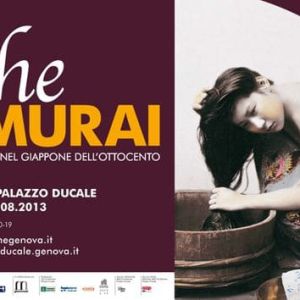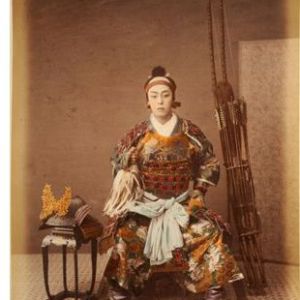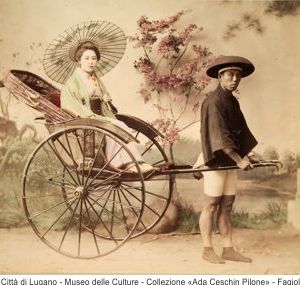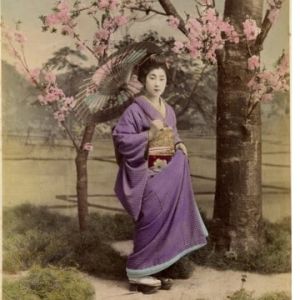PALAZZO DUCALE – GENOVA
In the prestigious venue of Palazzo Ducale in Genoa, MUSEC presented to the public the exhibition “Geishas and Samurai. Exoticism and Photography in Nineteenth-Century Japan”, a new selection of works from the Ceschin-Pilone Fagioli collection of over 5,200 Japanese photographs from the late 19th century. This is the fifth appointment on the theme, with a renewed exhibition of the project that has already been presented in Lugano, Venice, Naples and Zurich, venues where a total of more than 60,000 visitors were counted. “Geishas and Samurai. Exoticism and Photography in Nineteenth-Century Japan”, organised in collaboration with Genova Palazzo Ducale Fondazione for Culture and Giunti Arte Exhibitions Museums, is presented as part of the fourth edition of the kermesse History in the Square, the most important cultural event in the city of the Lantern.
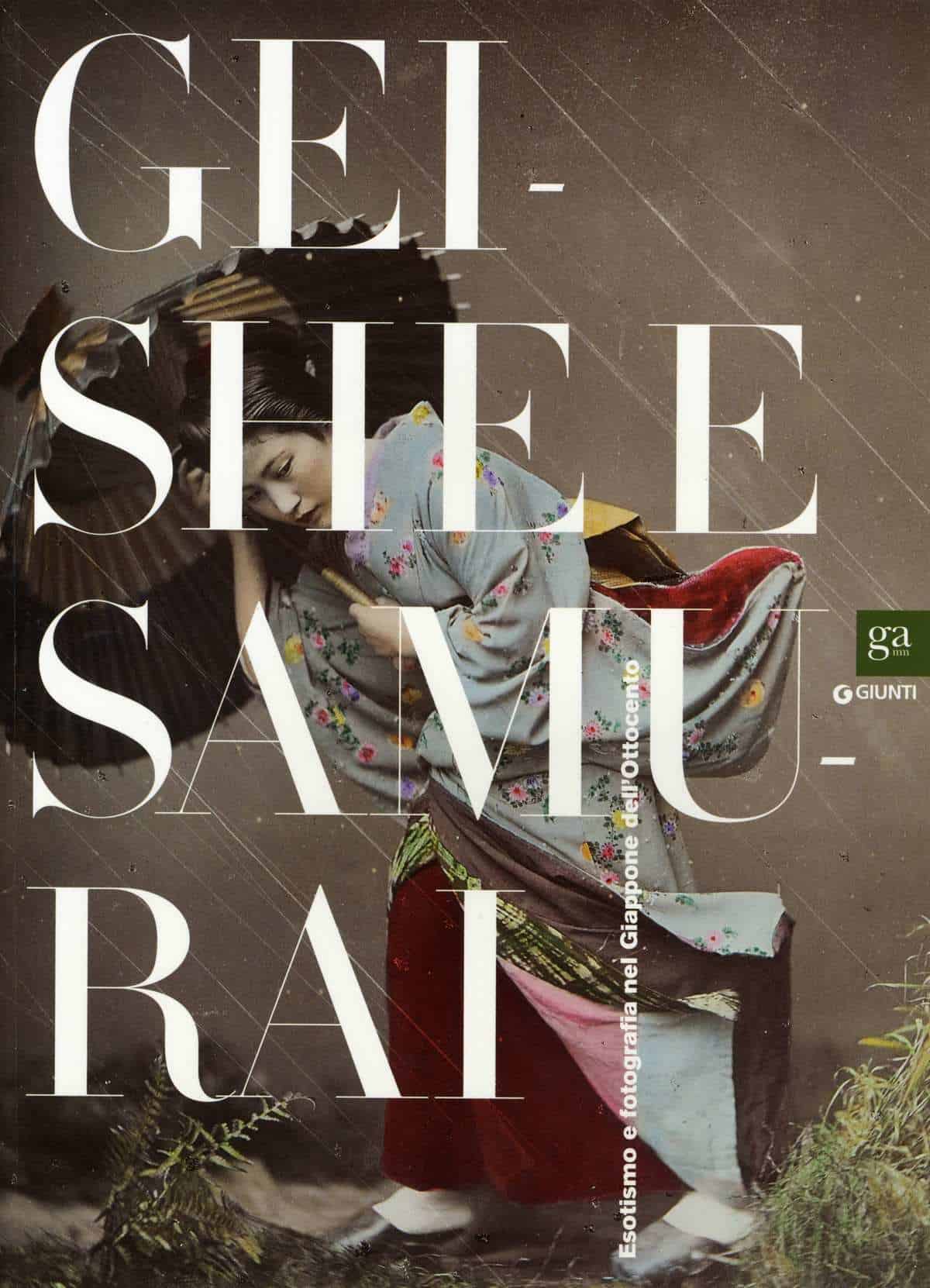
On display is a selection of 112 hand-coloured albumen photographic prints that explore the idea of man and woman, both in the Western imagination of the 19th century and in the real socio-cultural conditions of the time. The exhibition follows a thematic itinerary, divided into five sections, interspersed with three small areas presenting eight precious souvenir albums with their lacquer covers inlaid with mother-of-pearl and gold. The focus is on the landscape and cultural context in which the idea of ineffable perfection is constructed and in which the protagonists, both men and women, of 19th century Japanese photography move. It then proceeds by analysing women, men and children engaged in domestic activities, in the harmony of everyday life. This is followed by the section entitled The Sacred and the Sublime. The first part has a masculine character and focuses on portraits of the various agents of the sacred and images of liturgical and ceremonial occasions. The second focuses instead on the allure of women and allows us to grasp the ideological coordinates of an idealised model of Asian female beauty that would impose itself through a sort of cliché, destined to last for a long time. The exhibition is ideally closed by the two sections dedicated to the heroes of the ultra-exotic and the cities without night. In the first one some of the typical characters of Japanese culture of the time are portrayed (sàmurai, kendoka, sumo wrestlers, tattooists), flanked by twenty rare business cards portraying actors of the kabuki theatre. In the second, the theme is the historical reality of women of pleasure.
As a counterpoint to the photographs and albums, there is a careful selection of contemporary works of art that emphasise either the female or the male character emerging from the albumen photographs: seven Meiji-era vases lent by the Edoardo Chiossone Museum of Oriental Art in Genoa and five theatre masks from a private collection. The exhibition is also enriched by poetic and literary quotations that embody the spirit of the different sections and that have been created in the exhibition design by calligrapher Pierluigi Serra.


